Spring garden planning:
wbonesteel
10 years ago
Related Stories

GARDENING GUIDESWhat Are Your Spring Gardening Plans?
Tearing out the lawn? Planting edibles? Starting from scratch? Tell us what you plan to change in your garden this year
Full Story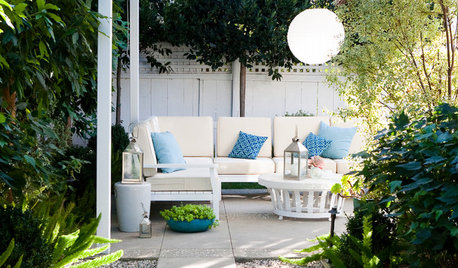
LIFEFall Planning for a Successful Big Spring Party
Get started now on assessing, completing home projects and cleaning to keep party stress and effort to a minimum come spring
Full Story
HOUSEKEEPINGChoose Your Own Spring Cleaning Plan
Instead of trying to do it all, pick one of these six cleaning approaches that’s right for you now
Full Story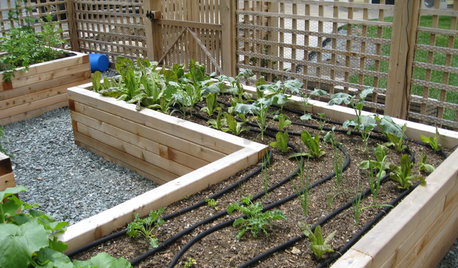
SPRING GARDENINGEnjoy the Peak of Spring Gardening — Here’s What to Do in May
Bid the frost farewell and treasure the blooms. No matter what U.S. region you’re in, one of these guides will help your garden flourish
Full Story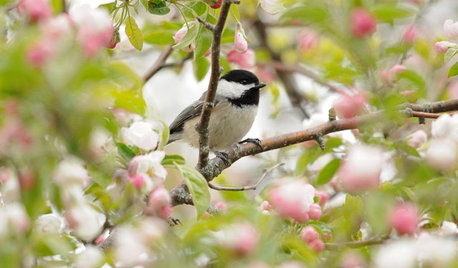
SPRING GARDENINGSpring Gardens Are Waking — Here’s What to Do in March
Excitement fills the air when gardens come back to life. These guides will help you make the most of yours
Full Story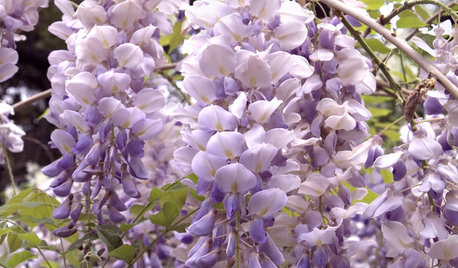
SPRING GARDENINGSpring Planting: Wonderful Wisteria
Classic Vines Add Fragrance, Color and Romance to Garden Designs
Full Story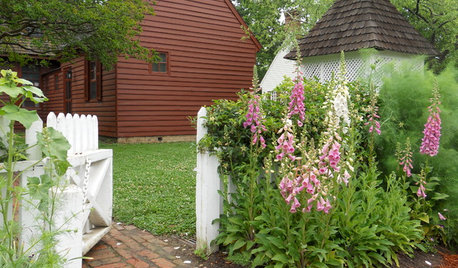
INSPIRING GARDENSSpring Garden Ideas From Colonial Williamsburg
Discover old-time resourcefulness — how gardeners worked the land, used local materials and more — to apply to your landscape today
Full Story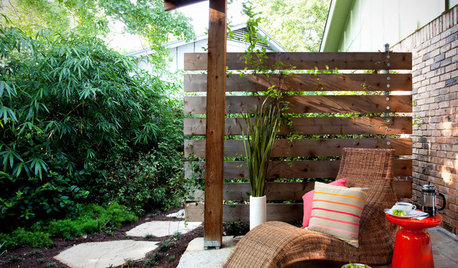
LANDSCAPE DESIGNThe Best Winter Garden Project? Plan for Next Year
Consider these 9 ideas now for a highly personal, truly enjoyable garden come spring
Full Story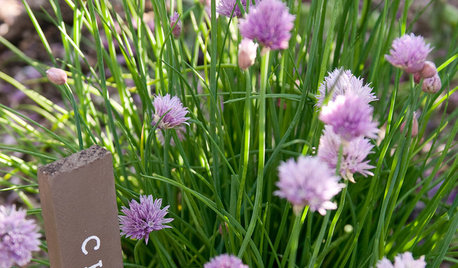
GARDENING GUIDESSimple Pleasures: Savor the First Spring Day in the Garden
How will you answer the call of the garden once the birds are chirping, the bulbs are blooming and the air is inviting?
Full Story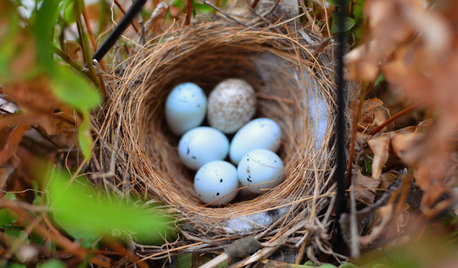
GARDENING GUIDES4 Reasons Not to Rush the Spring Garden Cleanup
There are many positives to staying out of the garden, especially for wildlife
Full Story





mulberryknob
Okiedawn OK Zone 7
Related Professionals
Barrington Hills Landscape Architects & Landscape Designers · Willowick Landscape Architects & Landscape Designers · Paradise Landscape Architects & Landscape Designers · Norwood Landscape Contractors · Cambridge Landscape Contractors · Hilo Landscape Contractors · Pahrump Landscape Contractors · Tehachapi Landscape Contractors · York Landscape Contractors · Kingsburg Landscape Contractors · Ferguson Landscape Contractors · Auburn Decks, Patios & Outdoor Enclosures · Baltimore Decks, Patios & Outdoor Enclosures · Canton Decks, Patios & Outdoor Enclosures · Hockessin Decks, Patios & Outdoor EnclosuresShelley Smith
wbonesteelOriginal Author
GreatPlains1
Lisa_H OK
wbonesteelOriginal Author
soonergrandmom
GreatPlains1
wbonesteelOriginal Author
OKgrowin
chickencoupe
Okiedawn OK Zone 7
jlhart76
Shelley Smith
Okiedawn OK Zone 7